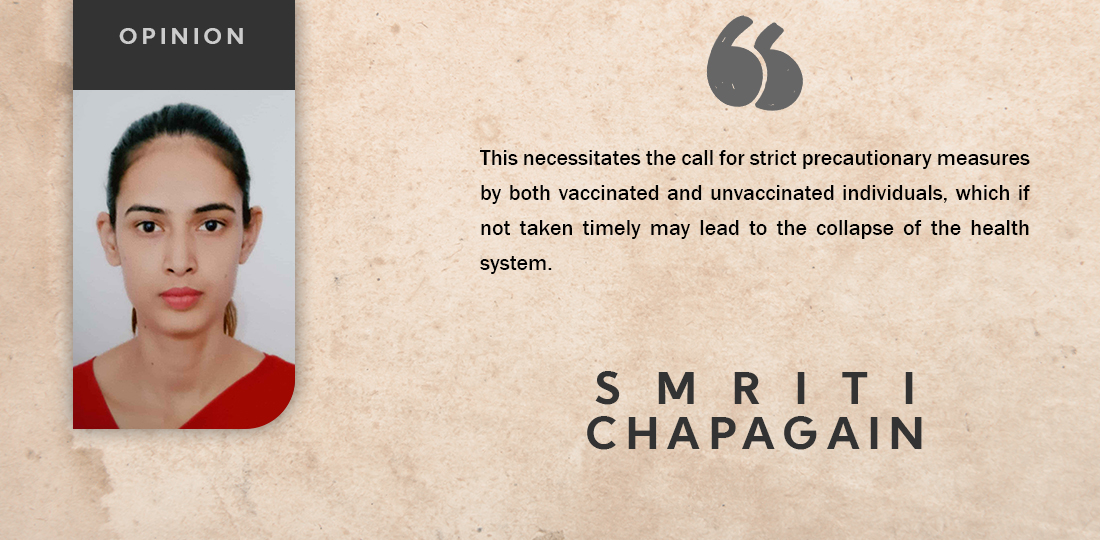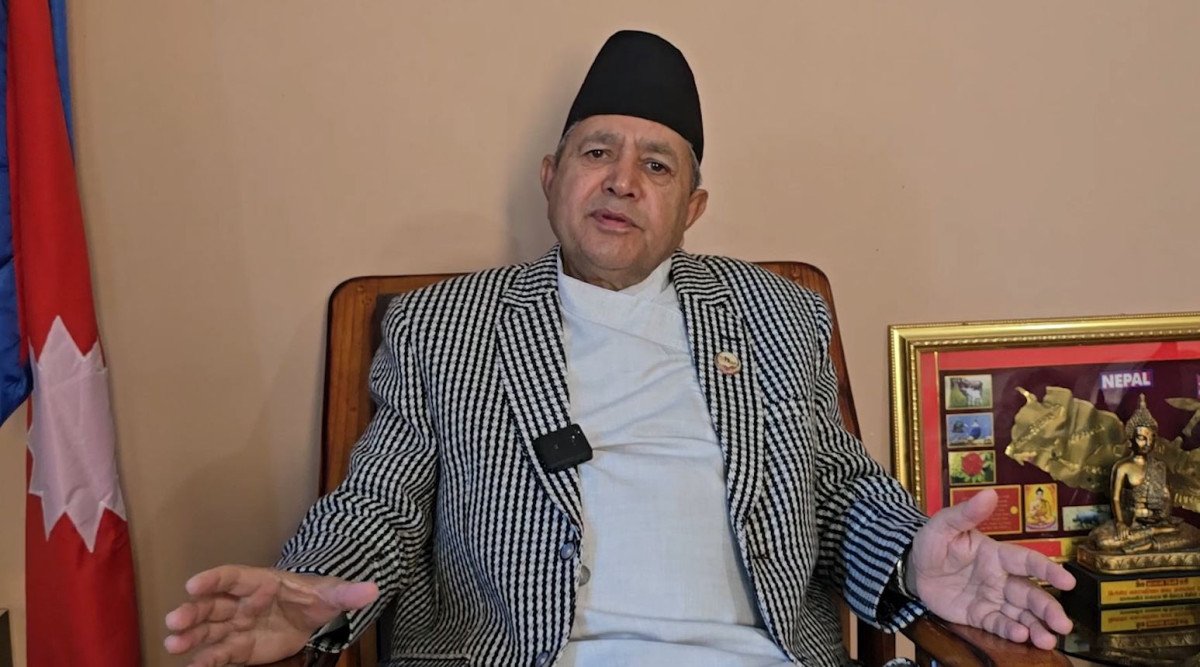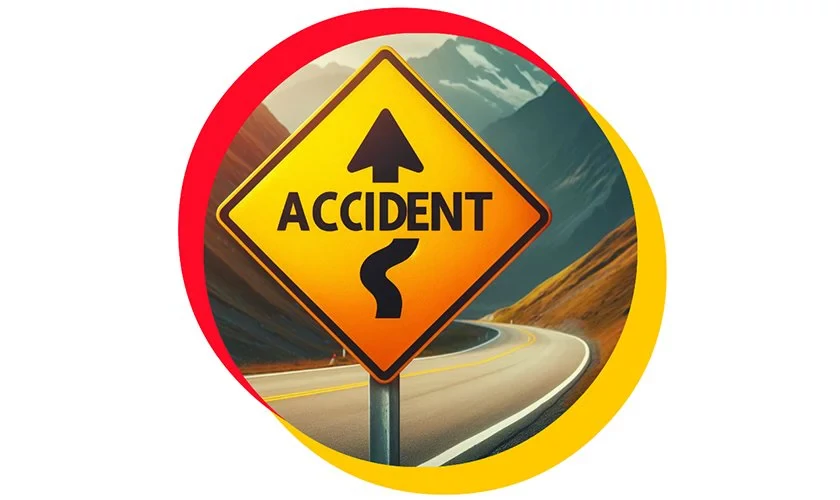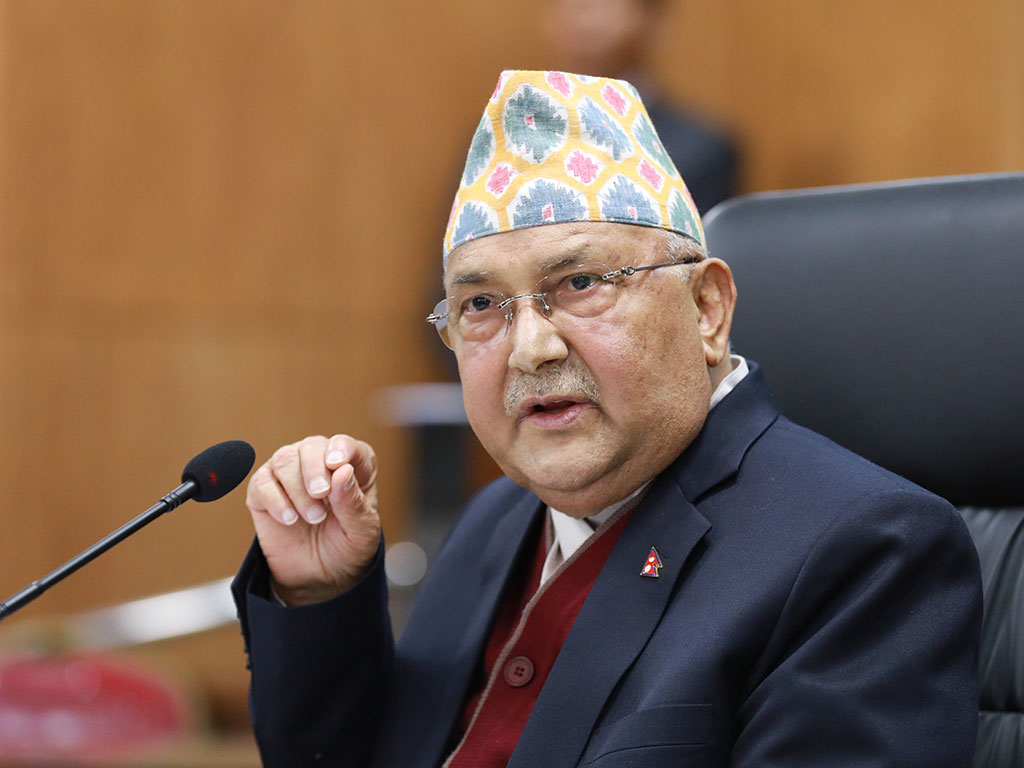Omicron: What we need to know

Smriti Chapagain
COVID-19 has been terrorizing the world since its emergence. With repeated waves of the virus disguised in its new form each time, the threat to human life continues to be a global issue. Most recently, the COVID-19 virus has camouflaged itself as Omicron. So, what is Omicron and what do we need to know about it?
Omicron is one of the newly discovered mutated variants of COVID-19. The World Health Organization (WHO) classified Omicron as a “Variant of Concern” on 26th November 2021 and still, a lot about it is yet to be uncovered. The Ministry of Health and Population (MOHP) reported the first two cases of the Omicron variant in Nepal on 6th December 2021. It has been rocketing in the past few days, with a high transmission rate as compared to other known forms of the SARS-CoV-2 virus.
So, what are its symptoms?
The symptoms of the Omicron variant differ much from the traditional COVID-19 symptoms. The commonly identified symptoms are runny nose, headache, fatigue, sneezing, sore throat, persistent cough, hoarse voice, chills, fever, and dizziness. Loss of taste and smell is seen less commonly with Omicron. Also, it is less likely to affect the lungs as compared to the upper respiratory tract. The majority of vaccinated and boosted individuals contracting the Omicron have been experiencing milder symptoms.
Current Healthcare Burden in Nepal
Omicron symptoms coincide with flu making it hard to differentiate. Almost every household has recently been reporting flu-like symptoms which can be the red flag for widespread Omicron virus. Taking symptoms recklessly by calling it seasonal flu and not getting tested may be fuelling the recent surge of COVID-19 cases. The toll of healthcare workers being tested positive with CoronaVirus is also escalating, thus increasing the burden on health facilities from the shortage of human resources and posing a risk for the collapse of the health system.
Prevention
WHO has stated that methods of prevention are the same as for other variants of the SARS-CoV-2 virus. These include: maintaining a physical distance of at least 1 meter from other people, wearing a properly fitted mask, maintaining proper hand hygiene by washing hands with soap and water or sanitization with at least 60% alcohol, improving ventilation across the room, coughing/ sneezing in a bent elbow or tissue, avoiding over-crowded areas or poorly ventilated indoor areas and most importantly, getting vaccinated.
Vaccines
COVID-19 vaccines serve as the best measure of protection and are expected to protect against severe illness, hospitalizations and deaths due to Omicron infection. A recent research study has found that, as compared to fully-vaccinated individuals, there’s an increased transmission for unvaccinated and decreased transmission for booster-vaccinated individuals. Thus, the threat for COVID-19 infection remains lower for vaccinated people. However, there always remains a possibility of infection, even after full vaccination as no vaccines are 100% effective at preventing it. And, a fully vaccinated person with a breakthrough infection might still be contagious.
CDC has recommended getting a booster dose after completion of primary COVID-19 vaccination to everyone aged 16 years and above. A booster shot can be taken after 5 months of completing the Pfizer primary series, 6 months after completing the Moderna primary series and 2 months after the initial J&J vaccine.
Take home message
Omicron is likely to spread 2 to 3 times, doubling every 2 to 4 days and is 3.2 times more likely to cause household infection compared to the Delta variant (The New York Times, 2022). Also, Omicron is believed to be proficient in dodging antibodies produced by previous vaccinations and infections. Various researches have found that previously infected individuals and/or vaccinated comprised a large portion of Omicron cases. This necessitates the call for strict precautionary measures by both vaccinated and unvaccinated individuals, which if not taken timely may lead to the collapse of the health system.









Leave Comment